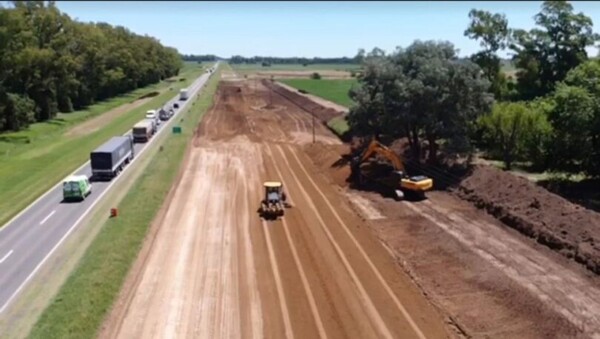
Full hotels, packed restaurants, and a city that beats to the rhythm of the drum: Carnival is not only the cultural soul of Gualeguaychú, but also its main economic and tourist engine.
The Comparsas, the heart of the party The Country's Carnival is structured around five historical comparsas —Marí Marí, Papelitos, O’Bahía, Kamarr and Ará Yeví—, each backed by a local club. At the "José Luis Gestro" Corsódromo, over 25,000 spectators per night vibrate with the Country's Carnival, the largest open-air theatrical show in Argentina and one of the three most important carnivals in the world, along with those in Rio de Janeiro and Venice.
A cultural and tourist phenomenon Every summer, more than 180,000 people arrive from all over the country and abroad to witness this celebration that combines art, music, and tradition. A professional jury evaluates costumes, floats, choreography, and music, while the public vibrates from the stands of the Corsódromo.
More than a party Gualeguaychú's Carnival is also a school of popular art. In 2025, it was declared of interest by the provincial Legislature and is advancing in its recognition as a National Fiesta. Each night, when the batucada marks the start of the parade and the Corsódromo erupts in applause, Gualeguaychú reaffirms its place on the map of the world's great celebrations. The profits are reinvested in social, educational, and sports projects, consolidating a unique public-private articulation model that guarantees its sustainability.
A growing legacy From its first edition in 1981 to today, the Country's Carnival has been consolidated as a national symbol. During the nights of January and February, Gualeguaychú becomes an open-air stage where passion, color, and rhythm take over the city. Thousands of young people learn dance, percussion, design, and sewing in the club workshops, where the community spirit mixes with creative ambition. The one with the lowest score is eliminated the following year, guaranteeing constant renewal of proposals and artistic excellence. Its economic impact is felt throughout the region: it generates employment, promotes tourism, and projects Entre Ríos as a cultural powerhouse. The costumes —which can include up to 70,000 feathers and half a million sequins— are authentic works of art that summarize months of dedication and creativity.
Competition and spectacle Each edition spans between 10 and 11 parade nights, with four comparsas in competition. Each comparsa deploys over 270 members on stage, accompanied by four monumental floats, an electrifying batucada, and a live musical band that performs original songs.
"Because if something is clear, it is that the Country's Carnival is not told: it is lived."













